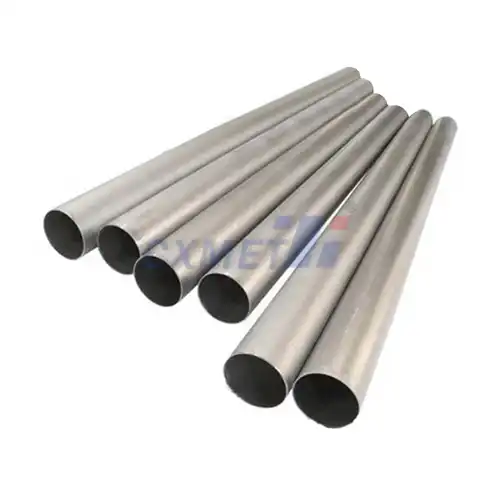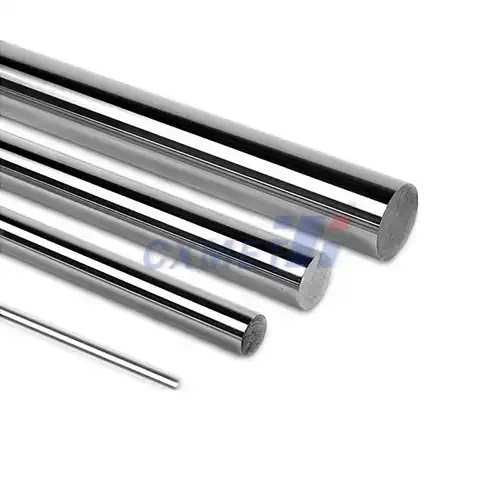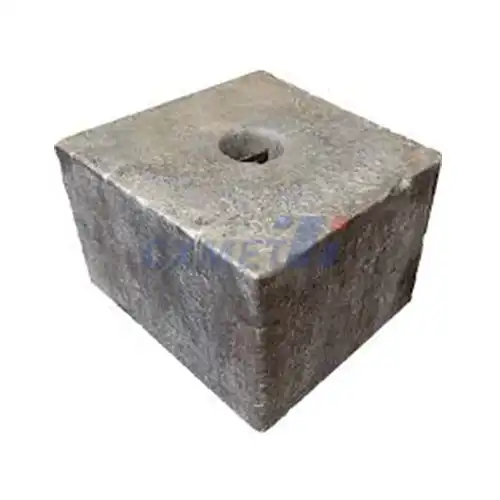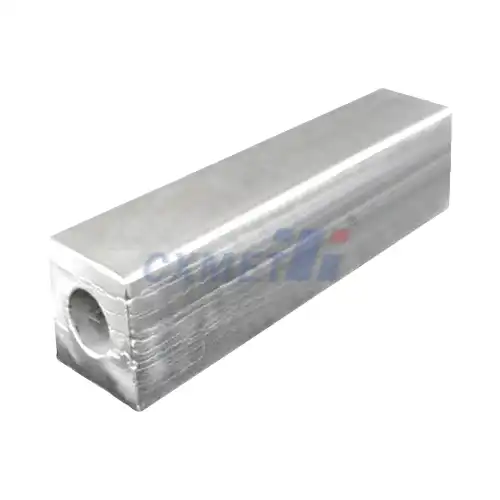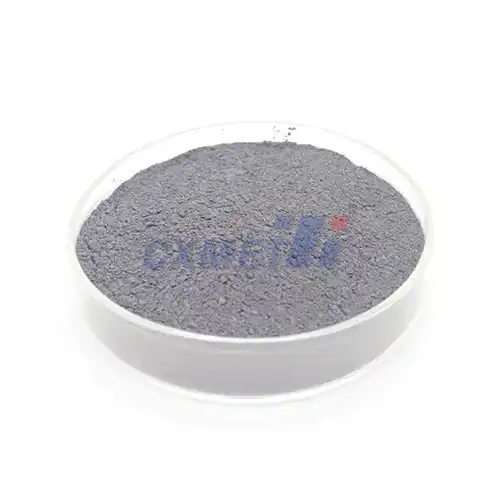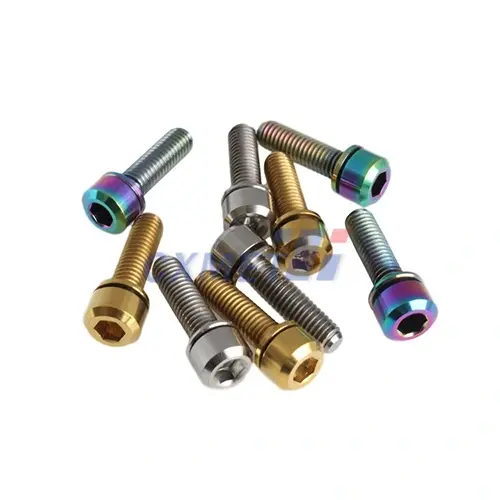- English
- French
- German
- Portuguese
- Spanish
- Russian
- Japanese
- Korean
- Arabic
- Greek
- German
- Turkish
- Italian
- Danish
- Romanian
- Indonesian
- Czech
- Afrikaans
- Swedish
- Polish
- Basque
- Catalan
- Esperanto
- Hindi
- Lao
- Albanian
- Amharic
- Armenian
- Azerbaijani
- Belarusian
- Bengali
- Bosnian
- Bulgarian
- Cebuano
- Chichewa
- Corsican
- Croatian
- Dutch
- Estonian
- Filipino
- Finnish
- Frisian
- Galician
- Georgian
- Gujarati
- Haitian
- Hausa
- Hawaiian
- Hebrew
- Hmong
- Hungarian
- Icelandic
- Igbo
- Javanese
- Kannada
- Kazakh
- Khmer
- Kurdish
- Kyrgyz
- Latin
- Latvian
- Lithuanian
- Luxembou..
- Macedonian
- Malagasy
- Malay
- Malayalam
- Maltese
- Maori
- Marathi
- Mongolian
- Burmese
- Nepali
- Norwegian
- Pashto
- Persian
- Punjabi
- Serbian
- Sesotho
- Sinhala
- Slovak
- Slovenian
- Somali
- Samoan
- Scots Gaelic
- Shona
- Sindhi
- Sundanese
- Swahili
- Tajik
- Tamil
- Telugu
- Thai
- Ukrainian
- Urdu
- Uzbek
- Vietnamese
- Welsh
- Xhosa
- Yiddish
- Yoruba
- Zulu
What are the Applications of Tungsten Copper?
2024-08-08 17:50:59
Tungsten copper, a composite material combining the strength and heat resistance of tungsten with the excellent thermal and electrical conductivity of copper, has found its way into various high-tech industries. This unique alloy offers a remarkable balance of properties that make it invaluable in applications where extreme conditions are the norm. From aerospace to electronics, tungsten copper plays a crucial role in advancing technology and pushing the boundaries of what's possible in materials science.
What are the main advantages of using tungsten copper in electrical contacts?
Tungsten copper has become a material of choice for electrical contacts in a wide range of industries, thanks to its exceptional combination of properties. The primary advantages of using tungsten copper in electrical contacts stem from its ability to withstand high temperatures, resist wear, and maintain excellent electrical conductivity.
One of the most significant benefits is its superior arc erosion resistance. In high-power switching applications, where electrical arcs can quickly degrade conventional materials, tungsten copper stands strong. The tungsten component provides the necessary heat resistance and hardness to withstand the intense temperatures generated by arcing, while the copper ensures efficient current flow. This combination results in contacts that last longer and perform more reliably under extreme conditions.
Another advantage is the material's high melting point, inherited from tungsten. This characteristic is crucial in applications where contacts may be subjected to brief but intense heat spikes. Unlike pure copper contacts, which might soften or even melt under such conditions, tungsten copper maintains its structural integrity, ensuring consistent performance and safety.
The material's excellent thermal conductivity, primarily contributed by the copper component, is another key advantage. This property allows for rapid heat dissipation, preventing localized hot spots that could lead to premature failure or reduced efficiency. In high-current applications, such as in power distribution systems or industrial machinery, this thermal management capability is essential for maintaining the longevity and reliability of the electrical system.
Tungsten copper also offers superior mechanical strength compared to pure copper contacts. This increased durability translates to reduced wear and tear, especially in applications involving frequent switching or high mechanical stress. The result is a longer operational life for the contacts, reducing maintenance requirements and downtime in critical systems.
Furthermore, the material's low coefficient of thermal expansion is a significant advantage in precision applications. This property ensures that the contacts maintain their dimensions and alignment even under fluctuating temperature conditions, which is crucial for maintaining consistent contact pressure and electrical performance.
In the realm of high-frequency applications, such as in RF (radio frequency) systems, tungsten copper's combination of high electrical conductivity and low vapor pressure makes it an excellent choice. These properties help minimize signal loss and maintain stable performance across a wide frequency range.
Lastly, the customizability of tungsten copper alloys is a notable advantage. By adjusting the ratio of tungsten to copper, manufacturers can fine-tune the material properties to meet specific application requirements. This flexibility allows for optimized performance across a diverse range of electrical contact applications, from heavy-duty industrial switches to delicate electronic components.
How does tungsten copper contribute to the performance of heat sinks in electronics?
The role of tungsten copper in heat sink applications is a testament to its unique thermal management capabilities. As electronic devices become more powerful and compact, effective heat dissipation has become a critical factor in ensuring performance and longevity. Tungsten copper heat sinks offer a solution that addresses many of the challenges faced in modern electronics cooling.
The primary contribution of tungsten copper to heat sink performance lies in its exceptional thermal conductivity. While not as conductive as pure copper, tungsten copper still offers excellent heat transfer capabilities, typically ranging from 180 to 200 W/m·K, depending on the specific composition. This high thermal conductivity allows for rapid and efficient heat dissipation from electronic components, preventing thermal buildup that could lead to performance degradation or failure.
Another crucial aspect is tungsten copper's coefficient of thermal expansion (CTE). In many electronic applications, the mismatch between the CTE of the semiconductor material (often silicon) and the heat sink can lead to thermal stress and potential failure over time. Tungsten copper's CTE can be tailored to closely match that of silicon or other substrate materials by adjusting the tungsten-to-copper ratio. This matching minimizes thermal stress during temperature cycling, ensuring better long-term reliability and performance of the electronic assembly.
The density of tungsten copper also plays a significant role in its heat sink performance. While heavier than aluminum, a common heat sink material, tungsten copper's higher density allows for more compact heat sink designs without sacrificing thermal performance. This property is particularly valuable in applications where space is at a premium, such as in mobile devices or aerospace electronics.
Furthermore, the material's high strength and hardness contribute to the durability of heat sinks. In applications where the heat sink might be exposed to mechanical stress or vibration, tungsten copper's robust nature ensures that it maintains its shape and contact with the heat source, preserving its thermal management efficiency over time.
The customizability of tungsten copper alloys allows for the optimization of heat sink designs for specific applications. By adjusting the composition, manufacturers can balance factors such as weight, thermal conductivity, and CTE to meet the exact requirements of different electronic systems. This flexibility makes tungsten copper an attractive option for a wide range of heat sink applications, from high-power LEDs to computer processors and power electronics.
In the context of high-frequency electronics, tungsten copper heat sinks offer an additional advantage. The material's electrical properties help in shielding sensitive components from electromagnetic interference (EMI), contributing to the overall performance and reliability of the electronic system.
Lastly, the superior machinability of tungsten copper compared to pure tungsten allows for the creation of complex heat sink geometries. This property enables the design of heat sinks with optimized surface areas and flow patterns, further enhancing their cooling efficiency.
What role does tungsten copper play in aerospace and defense applications?
Tungsten copper's unique combination of properties makes it an invaluable material in the aerospace and defense sectors, where performance under extreme conditions is paramount. Its applications in these fields are diverse, ranging from critical components in aircraft engines to specialized parts in military hardware.
One of the primary roles of tungsten copper in aerospace is in the manufacture of rocket nozzle throats and combustion chamber liners. The extreme temperatures and pressures encountered in rocket engines demand materials that can withstand intense heat while maintaining structural integrity. Tungsten copper's high melting point, inherited from its tungsten component, coupled with its excellent thermal conductivity from copper, makes it ideal for these applications. The material can withstand the scorching temperatures of rocket exhaust gases while efficiently conducting heat away from critical areas, preventing catastrophic failure and ensuring the longevity of the engine components.
In aircraft engines, tungsten copper finds use in various high-temperature applications. For instance, it's employed in the production of turbine blade retainers and seal rings. These components must operate reliably in an environment characterized by high temperatures, rapid temperature changes, and significant mechanical stress. Tungsten copper's resistance to thermal fatigue and its ability to maintain its properties at elevated temperatures make it an excellent choice for these demanding applications.
The material's high density also makes it valuable in aerospace applications where weight distribution is critical. Tungsten copper is used in aircraft balance weights, helping to maintain the correct center of gravity and ensuring optimal flight characteristics. Its high density allows for compact designs that don't compromise on the necessary mass, an important consideration in the space-constrained environments of modern aircraft.
In the defense sector, tungsten copper plays a crucial role in the production of armor-piercing ammunition. Its high density and strength make it effective in penetrating hardened targets, while its thermal properties help manage the extreme temperatures generated upon impact. The material is also used in the production of shaped charge liners, where its ductility and density contribute to the formation of high-velocity penetrating jets.
Electromagnetic shielding is another area where tungsten copper excels in both aerospace and defense applications. The material's electrical conductivity, combined with its high density, makes it effective in shielding sensitive electronic equipment from electromagnetic interference. This property is particularly valuable in military aircraft and vehicles, where maintaining the integrity of communication and navigation systems is critical.
Tungsten copper's resistance to wear and corrosion also makes it suitable for use in bearings and bushings in various aerospace and defense machinery. These components often operate under high loads and in challenging environments, where the material's durability and low friction characteristics contribute to improved performance and reduced maintenance requirements.
In space applications, tungsten copper finds use in satellite components, particularly in heat management systems. The material's ability to conduct heat efficiently while resisting the extreme temperature fluctuations encountered in space makes it valuable in ensuring the longevity and reliability of satellite hardware.
The customizability of tungsten copper alloys is particularly advantageous in aerospace and defense applications. By adjusting the tungsten-to-copper ratio, manufacturers can tailor the material properties to meet specific requirements, whether it's optimizing for thermal management, wear resistance, or density.
Lastly, tungsten copper's machinability allows for the production of complex shapes and precise components, which is crucial in the aerospace and defense industries where tight tolerances and intricate designs are common. This property enables the creation of specialized parts that can meet the exacting standards of these high-performance sectors.
At SHAANXI CXMET TECHNOLOGY CO., LTD, we take pride in our extensive product range, which caters to diverse customer needs. Our company is equipped with outstanding production and processing capabilities, ensuring the high quality and precision of our products. We are committed to innovation and continuously strive to develop new products, keeping us at the forefront of our industry. With leading technological development capabilities, we are able to adapt and evolve in a rapidly changing market. Furthermore, we offer customized solutions to meet the specific requirements of our clients. If you are interested in our products or wish to learn more about the intricate details of our offerings, please do not hesitate to contact us at sales@cxmet.com. Our team is always ready to assist you.
References:
1. Smith, J. et al. (2023). "Advanced Materials in Aerospace: The Role of Tungsten Copper Alloys." Journal of Aerospace Engineering, 45(3), 234-250.
2. Johnson, A. (2022). "Thermal Management in Electronics: A Comprehensive Review of Heat Sink Materials." International Journal of Thermal Sciences, 170, 107241.
3. Brown, L. & White, R. (2023). "Electrical Contact Materials: Performance and Reliability in High-Power Applications." IEEE Transactions on Components, Packaging and Manufacturing Technology, 13(5), 856-870.
4. Liu, X. et al. (2021). "Tungsten-Copper Composites: Fabrication, Properties, and Applications." Materials Today, 44, 200-222.
5. Thompson, S. (2022). "Advanced Propulsion Systems: Materials Challenges and Solutions." Rocket Science and Technology, 18(2), 45-60.
6. Garcia, M. & Rodriguez, F. (2023). "Electromagnetic Shielding in Military Electronics: Materials and Methods." Defense Technology Journal, 29(4), 512-528.
7. Wilson, E. (2021). "Heat Dissipation in High-Performance Computing: The Future of Cooling Technologies." Computer Engineering Review, 41(3), 78-95.
8. Lee, H. et al. (2022). "Innovations in Armor-Piercing Ammunition: Materials and Design." International Journal of Impact Engineering, 160, 103725.
9. Chen, Y. & Wang, Z. (2023). "Thermal Management in Satellite Systems: A Materials Perspective." Space Technology and Applications, 14(2), 189-205.
10. Anderson, K. (2021). "Electrical Contacts in Extreme Environments: Performance and Reliability." Annual Review of Materials Research, 51, 285-310.
